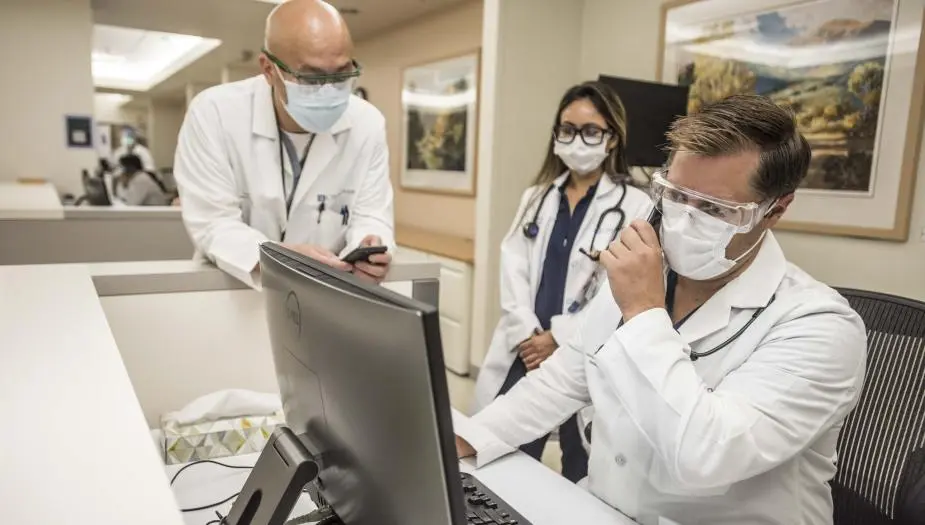& Immunology Research Center

Introduction
TPIRC is a non-profit research and clinical care center that focuses on the development of cutting-edge, individualized treatment protocols for orphan diseases utilizing comprehensive diagnostic tools and patient-driven research.

Mission & Vision
TPIRC is a non-profit research and clinical care center that focuses on the development of cutting-edge, individualized treatment protocols for orphan diseases utilizing comprehensive diagnostic tools and patient-driven research.

Areas of Focus
TPIRC is a non-profit research and clinical care center that focuses on the development of cutting-edge, individualized treatment protocols for orphan diseases utilizing comprehensive diagnostic tools and patient-driven research.

Next Steps
TPIRC is a non-profit research and clinical care center that focuses on the development of cutting-edge, individualized treatment protocols for orphan diseases utilizing comprehensive diagnostic tools and patient-driven research.

LAHA & Foundation Labs
TPIRC is a non-profit research and clinical care center that focuses on the development of cutting-edge, individualized treatment protocols for orphan diseases utilizing comprehensive diagnostic tools and patient-driven research.

